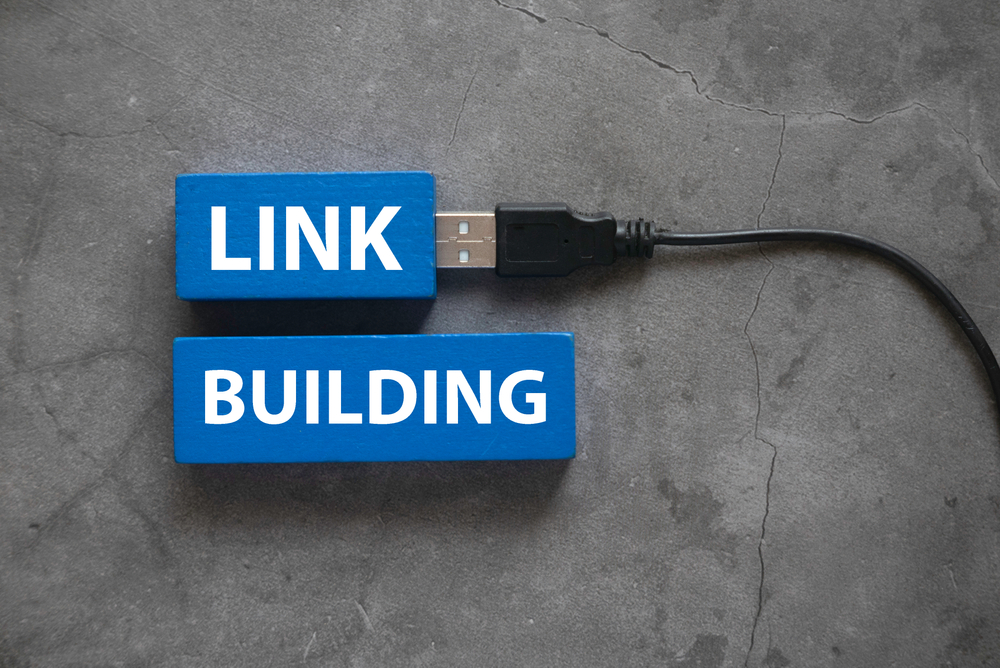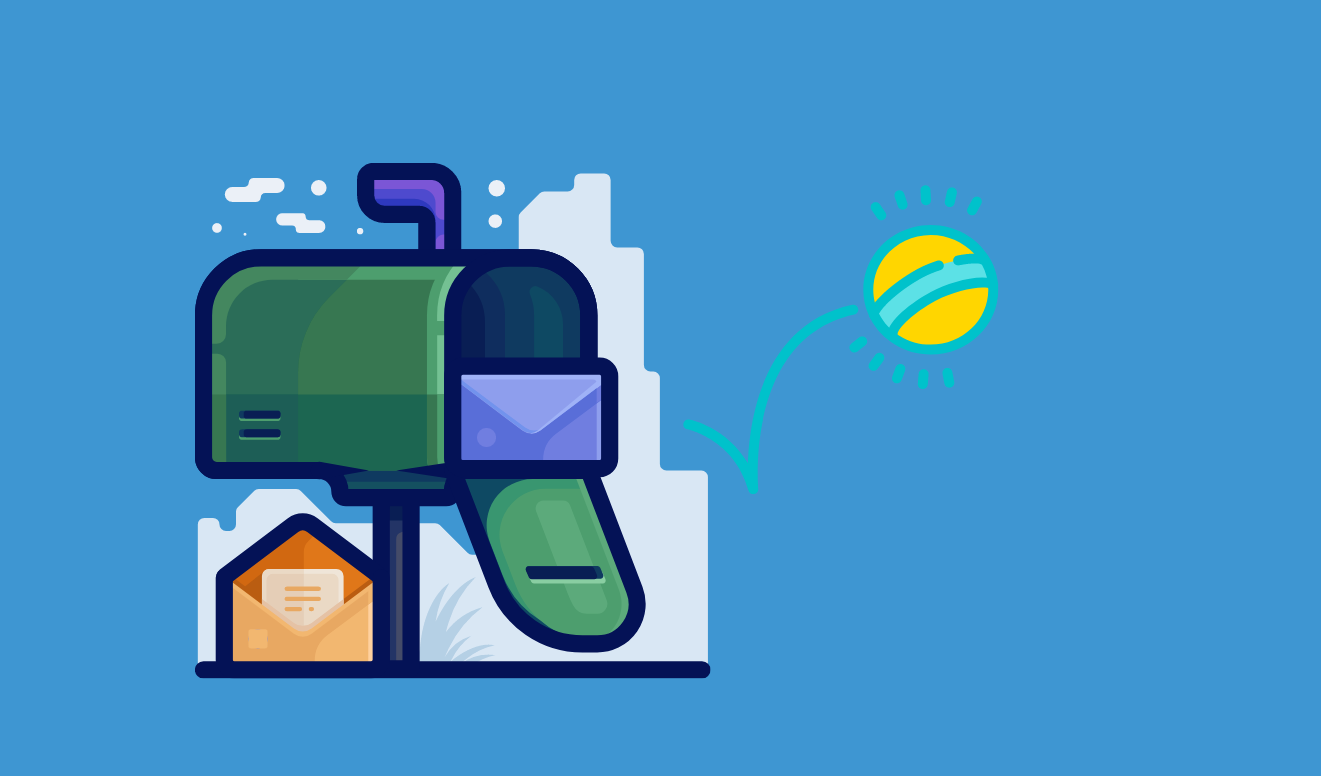
The digital sector has grown rapidly around the world. The pandemic increased internet users and creators. 90% of businesses went digital, allowing the general public to earn more money. Easy and effective online money making methods are often sought. But they end up with nothing worthy. There are many ways to make money online, but most of them require extreme skills that not everyone can acquire quickly.
However, affiliate marketing may help. Affiliate marketing is one of the most lucrative fields for the general public. It is a low skill business if you devote a lot of time to it. Almost every large company runs affiliate programs to increase revenue and income for affiliates.
But again, which affiliate program is best for high commissions?
See, big companies like Amazon, Bluehost, Upstox, payment apps like razor pay, Paytm, etc. run affiliate programs. Choosing the best among them is difficult. However, we have researched the top ten affiliate programs for you.
Now let’s look at the affiliate programs:
- Hostinger
- Bluehost
- Semrush
- Amazon
- Fiverr
- Razorpay
- Elementor
- Shopify
- eBay
Hostinger
Hostinger is another hosting and domain company that offers free affiliate programs to the public. You can also begin affiliate marketing with Hostinger. Sign up, track your stats, get affiliate banners, and pay out are the 4 steps to affiliate marketing. Hostinger affiliate program has a personalized manager, high conversion rate, and an easy to use portal.
Bluehost
Bluehost offers web hosting and domains. It has hosting options for both large and small businesses.
Become a Bluehost affiliate and earn money. You must first join their affiliate program. Bluehost will pay a commission on every hosting sale made through your link. Bluehost’s affiliate program is free. The best feature of Bluehost is that you get full-time support from their affiliate marketing team. Bluehost affiliate program offers promotional campaigns to increase your personal revenue.
Semrush
Semrush is an SEO tool for improving website rankings. It is a leading SEO tool with advanced features for creators. But even if you’re not a blogger, Semrush can pay you.
Anyone can join Semrush’s affiliate program. Semrush’s advanced features go beyond SEO. Semrush also has one of the best affiliate programs.
Affiliate marketing programs brought to you by Semrush’s partners at impact radius You get paid when someone buys a paid tool on Semrush using your link. Every sale made through your link earns you $200.
Amazon
One of the best affiliate programs is Amazon’s. You must join Amazon’s affiliate program by providing certain information. You can Google “Amazon affiliate program” to get the link to that page.
Create your own website and sell Amazon products on it. From your link, you will earn a commission on each sale made on Amazon.com. If you provide your affiliate link, customers can buy directly from you. You get a cut of every sale made through your link. Amazon pays a healthy 6-10% commission depending on the product’s price and demand.
Fiverr
It is one of the best freelance websites today. Everyone can use Fiverr. Fiverr also allows you to start freelancing for free. But Fiverr isn’t just for freelancers.
It has an affiliate program to make money. Signing up for the affiliate program gives you access to Fiverr’s marketing tools, educational courses, tracking tools, and more. Also, Fiverr’s affiliate program is simple to use. It’s as simple as driving traffic to Fiverr’s website. It’s all yours.
Fiverr pays up to $1000 for each new customer you refer. The actual commission rate depends on your lead’s Fiverr activity. It is a lifetime passive income source.
Razorpay
Razorpay is a payment gateway. It provides a wide range of payment options. Razorpay includes all other digital wallets that offer a seamless user experience.
The Razorpay affiliate program allows you to earn money by referring its products. Plus, you get a 0.1 percent transaction fee. Razorpay also offers affiliate training.
Razorpay offers three types of affiliate programs. Partners: Reseller, Aggregator, and Platform. Sign up, refer, complete Kyc and integration, Earn money. Yes. A lifetime 0.1 percent transaction commission plus Rs 500 for every sale made through your link.
Elementor
Elementor is a fantastic WordPress page builder plugin. It is a great WordPress plugin for creating beautiful pages and textures.
You can use Elementor to make money besides WordPress. Elementor’s affiliate program allows you to earn money passively. Sign up for their affiliate program and start promoting your link. To earn money, you can share on social media, write blogs and include links, make videos, and email links.
Every subscription made through your affiliate link earns you 50% commission.
Shopify
Shopify, the best e-commerce site builder currently, has one of the highest paying affiliate programs. It has a huge affiliate network earning money. Shopify also provides educational content to affiliates to increase overall revenue.
Shopify helps you track leads to improve your affiliate campaigns. Shopify’s commission structure is dynamic and offers unlimited earning potential.
eBay
eBay is a consumer-to-consumer e-commerce website. It is the industry leader. The eBay affiliate program is also one of the best in 2021. Become an eBay affiliate by signing up for the program.
It’s free to join and start sharing. You can even edit your product listings to promote and earn money.
An eBay partner program manager will review and approve your application within a few hours (if you are eligible).
Every sale made through your link earns you 4% commission.







